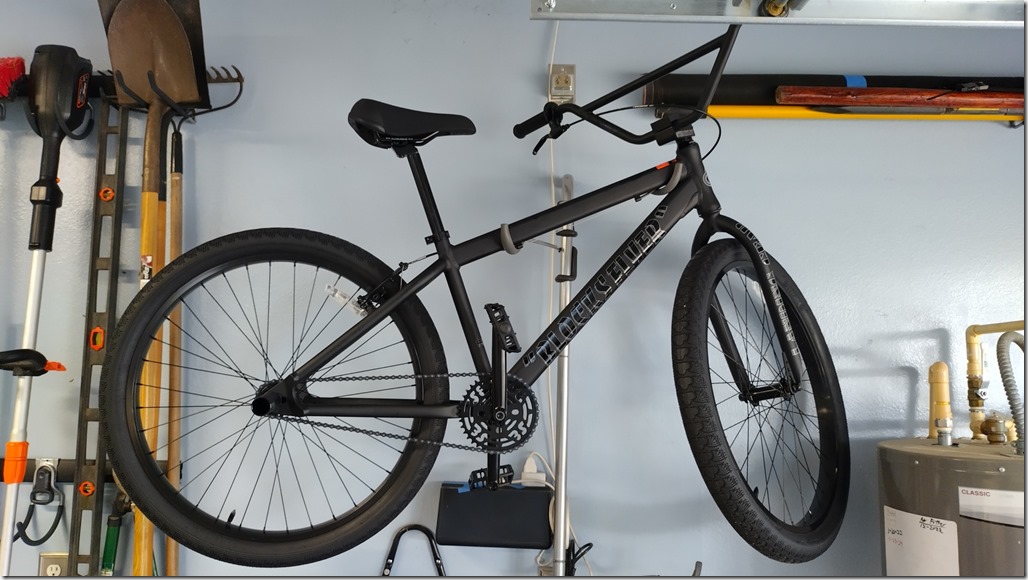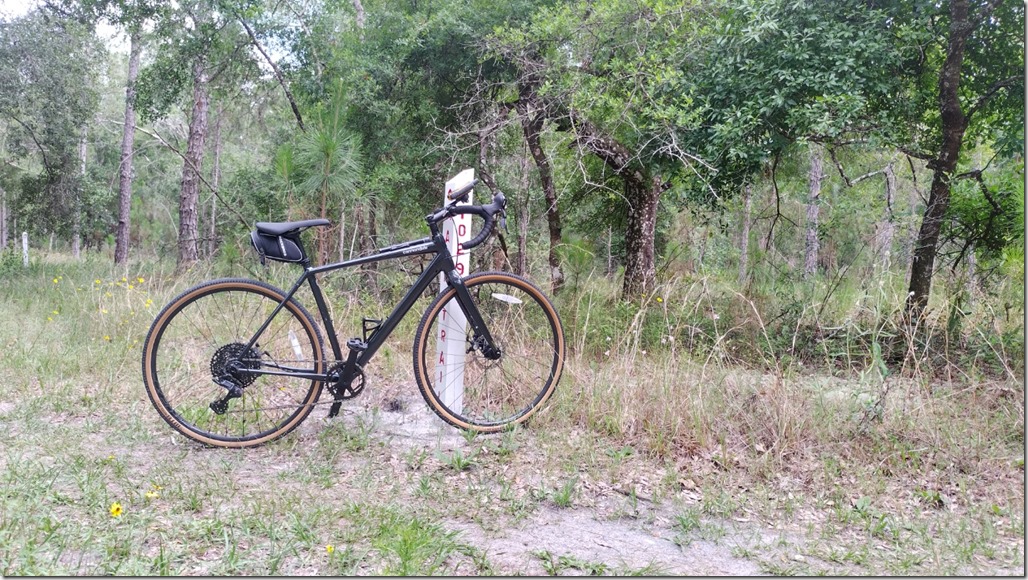I’m having sort of a forced vacation. At work, you’re only allowed to bank so many PTO days before you either have to use it or cash it out. So this week, I’m taking off. It wasn’t that long ago that I had taken another week off and that one was purely recovery from burnout. To summarize that week, I allowed myself to not do anything until Tuesday – which also included the weekend, so four recovery days of doing absolutely nothing. What actually happened is I didn’t leave the house until Thursday and even then, I didn’t do much for the rest of the time off. So I wasn’t really refreshed at the end, only recovered.
This week though, I actually have a plan. It’s nothing grandiose, but it is fairly significant. I’m refreshing my wardrobe and getting back to where I used to be. So here’s a short post on my history with fashion and the "eras" I’ve been through.
My Upbringing
Looking back, I can say I was raised pretty upper class, but clueless. Obviously, when things are bought for you, but never explained, you just sort of go with the flow and you get what you get. I wore a lot of designer label clothes, but I didn’t understand what any of it meant. My mom was definitely into high fashion and trends and whatnot, since she was in clubs with other high society women. Even if we were in a small town, we could drive to bigger cities to get clothes. I can’t say any of that time had much influence on me, but some of the brand names and labels might have stuck in my subconscious.
Young and Dumb – mid 20’s – mid 30’s
During this time I was living in a tiny town working minimum wage jobs. I didn’t have a lot of money and my primary shopping source was a closeout store in a neighboring town that would be similar to a TJ Maxx or Marshall’s. Even though my funds were limited, I wouldn’t buy any typical utilitarian clothes, what i chose always had to "speak to me" or capture my attention. I don’t think I always bought good things, and I didn’t always dress to impress. I had some favorites, but my fashion wasn’t intentional.
Stumbling into Professionalism 30’s – early 40’s
When I got my first professional job, the guy that brought me onboard actually had to have an intervention with me and explain that my dress had to change. He was already levels above me, wearing button down shirts, ties, sport jacket, etc. Tennis shoes – out. White socks – out. Stop it with the fanny pack, people are talking about you. So I ended up with polos, khakis, and loafers. That was pretty much my staples for that era. It was extremely bland and didn’t have a lot of room for expression.
Refinement – 40’s – 50
I started experimenting with dress shirts, learning the importance of undershirts, belts, and ties. My shoe collection bloomed. I primarily wore khaki’s but transitioned to jeans with dress shirts, after finding a brand of jeans that suited me. I would say I was 80% button down and 20% polo during this phase. It was probably the most confident I’d felt, fashion-wise. I owned two suits and a tuxedo and actually had occasions to wear them.
The Fall
And the last few years, I fell into an ultra-casual style, literally nothing but jeans (later, shorts), t-shits, white socks and tennis shoes. Instead of being refined and attracting attention that way, I wore shirts with silly and clever designs. It still engaged people, but it was labelling me as the "old guy with the shirts". And there’s nothing really wrong with that, I’m just sort of tired of it. I want to go back to where I used to be.
So
Today and tomorrow I’m spending the mornings clothes shopping. Some years ago I had purged my closet of all my dress shirts, since most of them didn’t fit anymore and I didn’t see myself wearing them anytime soon. So I had a couple dozen hangers to fill. After the first day, I got four button down and four polo shirts. Some are more outdoor-oriented, so I can use them for hiking and they’ll also fill the casual part of the spectrum.
I still have room for about 10 more shirts, maybe a couple more pants and I need fresh socks and I have to decide where I’m going as far as shoes. People really notice shoes. When I last changed from New Balance to a classic Reebok style, I had people pointing them out. Whether it was out of ridicule because it was cliché, I don’t know.
Because I have a natural curiosity and also a desire to do things correctly, I did a quick search online for "find my style". This is actually what prompted this post, so as usual, I’ve created a big lead in for what I really wanted to talk about. And my search landed me on a site that offered a quick quiz and an assessment. It was maybe six questions, asking me what shirts, pants, accessories, etc. I would choose from a small selection. And my result was labelled: "Old Money". I found this was as funny as it was accurate. So then I did a quick search for Old Money Aesthetic. And wouldn’t you fucking now, it’s current.
Apparently Gen Z wants this look. It’s a show of upscale living, even if they can’t really afford it. And the hilarious part to me is, I can afford it and I’m old. I am Old Money. But here’s the thing, I want to believe I have a pretty good sense of value. As the AI readers have pointed out, I value quality and am willing to spend to get it, but if I can recognize quality at a cheaper price, that’s just a bonus. And that’s kind of how my shopping went today. Total sticker shock looking at the original prices. Really? $70 for a pair of pants? $109 for a linen shirt? But after all the discounts and coupons at the outlets, I’m getting items for $15-$30 each. I suspect I’m not going to get to get lucky on shoes, and I’m prepared for that – they’re somewhat important.
But anyway, I think this is going to be really shocking to the people I work with every day who have only ever seen and known me in t shirts, coming back after a week off with a completely new style. A new style to them, but an old style to me. And that’s funny to me, because when I started the job, I also had (and continue to have) long hair, and no one at any prior job (except for my fast food days) has seen me in long hair. So it’s like two different versions of me switching around the details.








